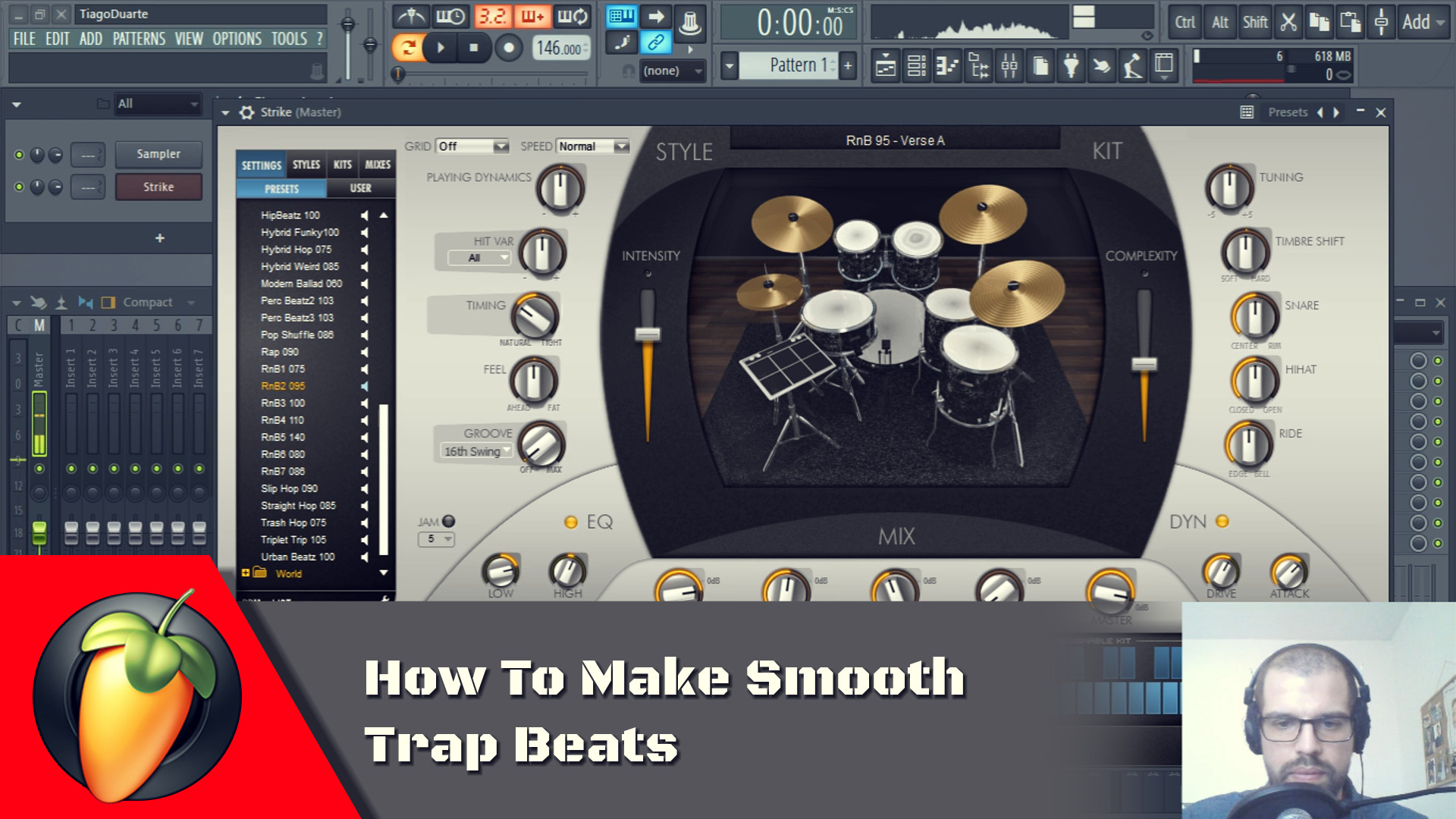How To Make Trap Hi Hats In Fl Studio 20

Imagine stepping into a dimly lit studio, the air thick with creative energy. The glow of the monitor illuminates your face as you stare intently at the FL Studio 20 interface. A beat loops endlessly, needing that one spark to truly ignite – those crisp, rolling hi-hats that define the heart of trap music.
This guide will illuminate the path to crafting professional-sounding trap hi-hats in FL Studio 20, regardless of your experience level. We'll cover foundational techniques, explore advanced automation, and delve into creative effects that elevate your percussion.
Understanding the Foundation
Trap hi-hats are the rhythmic backbone of the genre, characterized by their rapid, often complex patterns. The distinctive "roll" effect, achieved through precise timing and automation, is what sets them apart. Creating this effect often requires layering and manipulation of several samples.
Start by selecting a suitable hi-hat sample. A crisp, short, and bright sound is ideal for trap. FL Studio offers a range of stock samples. Many producers also opt for downloading sound packs tailored to trap production.
Basic Programming
Load your chosen hi-hat sample into a Channel Rack instance. Then, use the step sequencer to create a basic 1/8 note pattern, setting the foundation for more intricate rhythms. Experiment with different patterns, moving from simple four-on-the-floor to complex syncopated rhythms.
Velocity and Timing
Varying the velocity of each hi-hat hit is crucial for creating a natural, dynamic feel. Within the step sequencer, adjust the velocity of individual notes to simulate the nuances of a real drummer. Consider using subtle volume adjustments for a more organic groove.
Advanced Techniques
Once you've mastered the basics, it's time to explore techniques that will add depth and complexity to your hi-hats. This is where the magic of automation truly shines.
Hi-Hat Rolls
The signature sound of trap comes from those incredibly fast hi-hat rolls. You can create these rolls in several ways, including using the "Fill" tool in the FL Studio step sequencer. This tool can be automated for dynamic changes during the track.
Alternatively, use the piano roll to manually place 1/16, 1/32, or even faster hi-hat notes. Adjust the velocity of these notes to create a ramping effect, known as a "velocity ramp", adding another layer of dynamic movement.
Automation
Automation is essential for creating evolving hi-hat patterns. Automate parameters like pitch, pan, and volume to add subtle variations and dramatic sweeps to your hi-hats. Use the automation clips in FL Studio's playlist window to control these parameters throughout the track.
Adding Effects
Effects can dramatically transform your hi-hats, adding character and texture. Experiment with different effects to create unique sounds. Experimentation is key.
Reverb and Delay
Adding a touch of reverb can give your hi-hats space and depth. Use a short, subtle reverb to avoid washing out the sound. Experiment with delay to create rhythmic echoes and add interest to your hi-hat patterns. Start with small amounts and gradually increase to find the sweet spot.
EQ and Compression
Use EQ to shape the frequency content of your hi-hats. A high-pass filter can remove unwanted low-end frequencies, while a boost in the high-end can add brightness. Compression can help to even out the dynamics and add punch to your hi-hats.
Other Effects
Don't be afraid to experiment with more unconventional effects. Distortion, flangers, and phasers can add unique textures and character to your hi-hats. Try layering different effects to create truly original sounds.
Ultimately, crafting compelling trap hi-hats in FL Studio 20 is an art that blends technical skill with creative exploration. There's always something new to learn and discover as you continue to hone your craft.
By understanding the fundamentals of programming, mastering automation, and experimenting with effects, you can create hi-hats that elevate your trap productions to new heights. Now, go forth and create some fire.


















